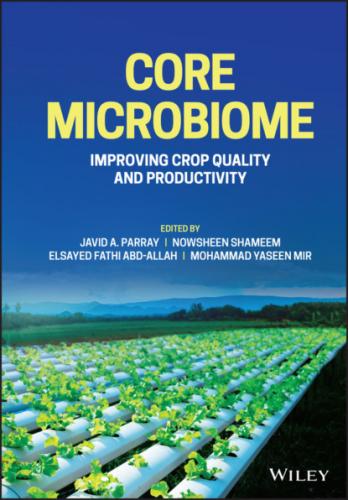Table 3.1 Plants with Medicinal Properties Under Abiotic Stress, Their Use, and Their Secondary Metabolites.
| Medicinal plants | Uses | Secondary metabolites | Abiotic stresses | References |
|---|---|---|---|---|
| Pluchea lanceolata | Bronchitis, dyspepsia, and rheumatoid arthritis | Quercetin | Heavy metals | Kumar et al. (2004) |
| Dioscorea bulbifera | Antispasmodic, analgesic, aphrodisiac, and diuretic | Diosgenin | Metal | Narula et al. (2005) |
| Catharanthus roseus | Cancer and diabetes mellitus | Vinblastine | Salinity | Jaleel et al. (2009) |
| Jatropha curcas | Skin diseases and rheumatism, piles | Curcin | Salinity | Gao et al. (2008) |
| Orthosiphon stamineus | Antiallergenic, antihypertensive, anti-inflammatory, and nephritis | Polyphenols | Salinity | Ting et al. (2009) |
| Thymus maroccanus Ball | Antitussive, antiseptic, antispasmodic, and antihelmintic | Thymol | Salinity | Belaqziz et al. (2009) |
| Matricaria chamomilla | Mucositis and irritable bowel syndrome | Umbelliferone | CuCl2 | Eliasova et al. (2004) |
| Bacopa monnieri | Antioxidant, epilepsy, and asthma | Bacoside | Salinity and Drought | Debnath et al. (2011) |
| Olea europaea L. | Antipruritic, antiseptic, astringent, and cholagogue | Oleosides | Salinity | Rejskova et al. (2007) |
| Populus euphratica | Anodyne, anti-inflammatory, febrifuge, and vermifuge | Gallic acid | Salinity | Zhang et al. (2004) |
| Matricaria chamomilla | Sore stomach, irritable bowel syndrome, and oral mucositis | Apigenin | Salinity | Razmjoo et al. (2008) |
| Ziziphora clinopodioides | Antibacterial and sedative stomachache | Leucoanthocyanins | Salinity and Defoliation | Koocheki et al. (2008) |
| Dioscorea dregeana | Sedative and anti-inflammatory | Paclobutrazol | Smoke, temperature | Kulkarni et al. (2007) |
| Datura innoxia | Anodyne, antispasmodic, hallucinogenic, hypnotic, and narcotic | Scopolamine | Light, dark, and HCHO deprivation | Laszlo et al. (2004) |
However, the composition of the secondary metabolite, which is common in the rhizosphere belongs to these bacteria, such as actinobacteria, bacteroidetes, firmicutes, and proteobacteria. Microbial communities provide protection directly or indirectly from the pathogen in the leaf regions while root microbiota provides an additional host function by getting nutrients from the soil. Other functions of the microbiota associated with these medicinal plants such as phytohormone production, nutrient solubilization, and nitrogen metabolism are also important (Kumar et al. 2015).
3.3 Physiological and Molecular Response of Plant and Microbiota against Stress
Salinity reduces mineral nutrients transport into the plants that retard growth and yield of medicinal plant as well as their active components. Some studies showed that the composition of essential oil of marjoram (Origanum majorana), coriander (Coriandrum sativum), and peppermint (Mentha piperita) have
